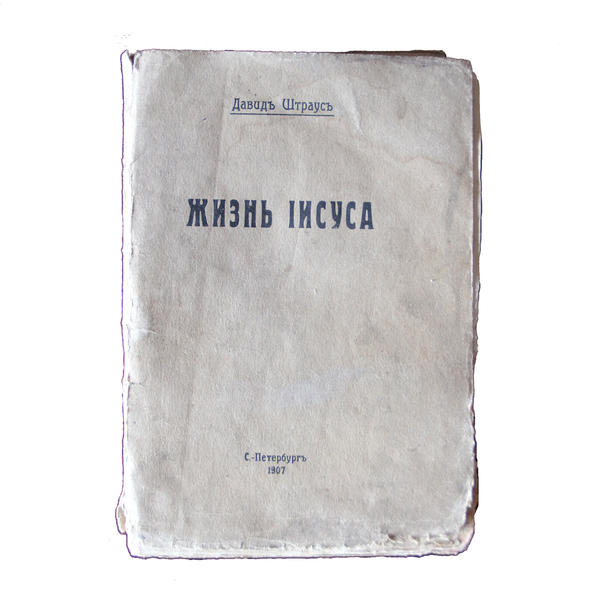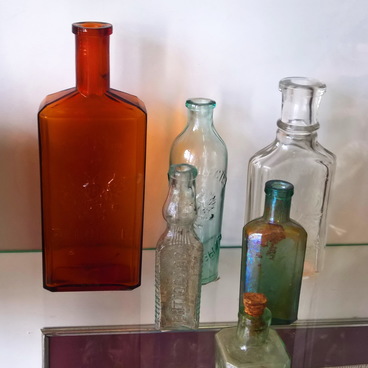David Friedrich Strauss was born in 1808 to the family of a merchant but received religious upbringing. Therefore he excelled at the knowing of texts from the Holy Bible. He resisted his own rational thinking for a long time and tried to take all theological tenets on faith. But he came to know the works of such philosophers as Schleiermacher and Hegel and they finally changed his attitude to religion. Strauss wrote:
#1
David Friedrich Strauss
The book: Life of Jesus
#3
#7
‘He who dislikes the modern church and theology for the fact that they consider the Christian religion a supernatural revelation, its founder − the Godman and his life a continuous chain of miracles, he can most likely reach his goal by historical research’.
#5
In 1831, he quit the position of a vicar to attend the lectures of Hegel and Schleiermacher. It was their face-to-face meeting with the philosophers that gave him the idea of writing the Life of Jesus – his most important scientific and religious work – and he made the first outline of the work. It was published in 1835 and greatly impressed both religious scholars and the broad general public.
#6
The rear cover is the announcement of books and booklets published and to be published in the near future, as well as the information about the price of the publication — 75 kopecks, its printing house and storages
#8
In his work David Strauss proved that the Gospel was devoid of historical credibility and came up with the hypothesis that most of its texts had originated from popular myths about the death of Christ and the events that followed. Such myth-making, in his opinion, was not deliberate. People just related legends and traditions to one another and, as a result, the stories acquired new details. In the end, actual Jesus Christ, a historical person, was showered with made-up traits and turned into a literary character. David Strauss considered God the source of natural laws, and such perception negated divine miracles.
#9
The academic community and the public had a heated discussion. With the book published, the school of Hegel, whose philosophical works were the source of Strauss’ admiration and aspiration, was split into two conflicting camps — the left and right Hegelians.
#10
Impacted by the published book, Strauss’ teacher, Ferdinand Christian Baur, set up the Tübinger Schule, which relied on the theses laid down in the Life of Jesus. Strauss himself paid the price for his free thinking by being transferred from the cultural centre of Germany to the south-western suburb and demoted from the position of a tutor in the theological institution in Tübinger to the position of a junior school teacher in a lyceum. From 1836, he finally quit his job to take up free literary activity: he wrote scholarly papers, revised his early essays, wrote the biographies of prominent contemporaries and composed poems.
#11
The appearance of the first part of the book Life of Jesus in the museum is connected with the history of the building. The volume was discovered in the attic of the Clodt mansion during the first renovation in 1994-1995. The paper was translated into Russian in 1907, and now the book is deemed an antiquarian rarity.
читать дальшескрыть
00:00
00:00
1x
The book: Life of Jesus
Время создания
1907
Размер
21x15 cm
Техника
Рaper
Выставка
0
Открыть в приложении
Поделиться



